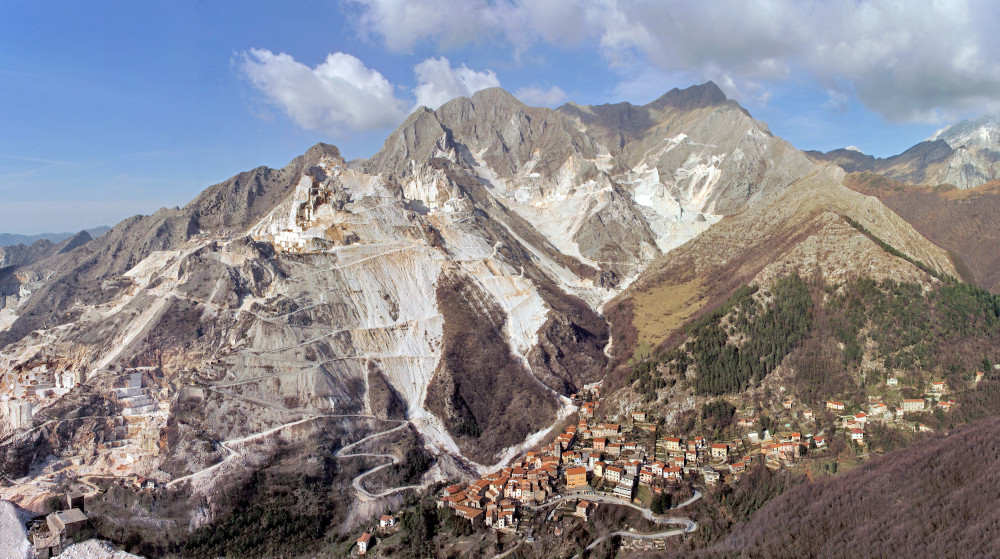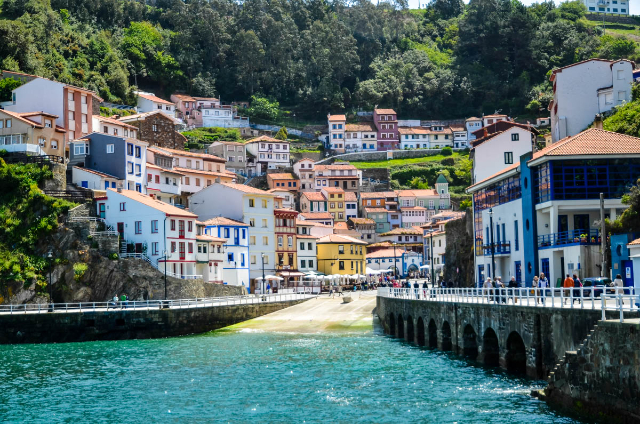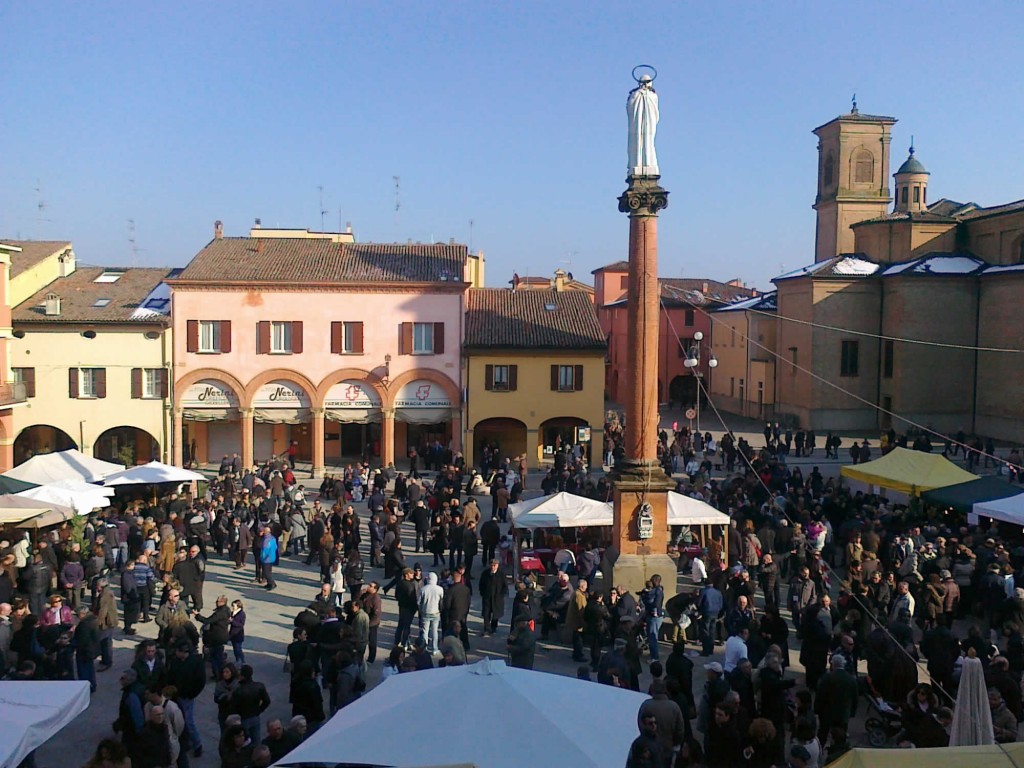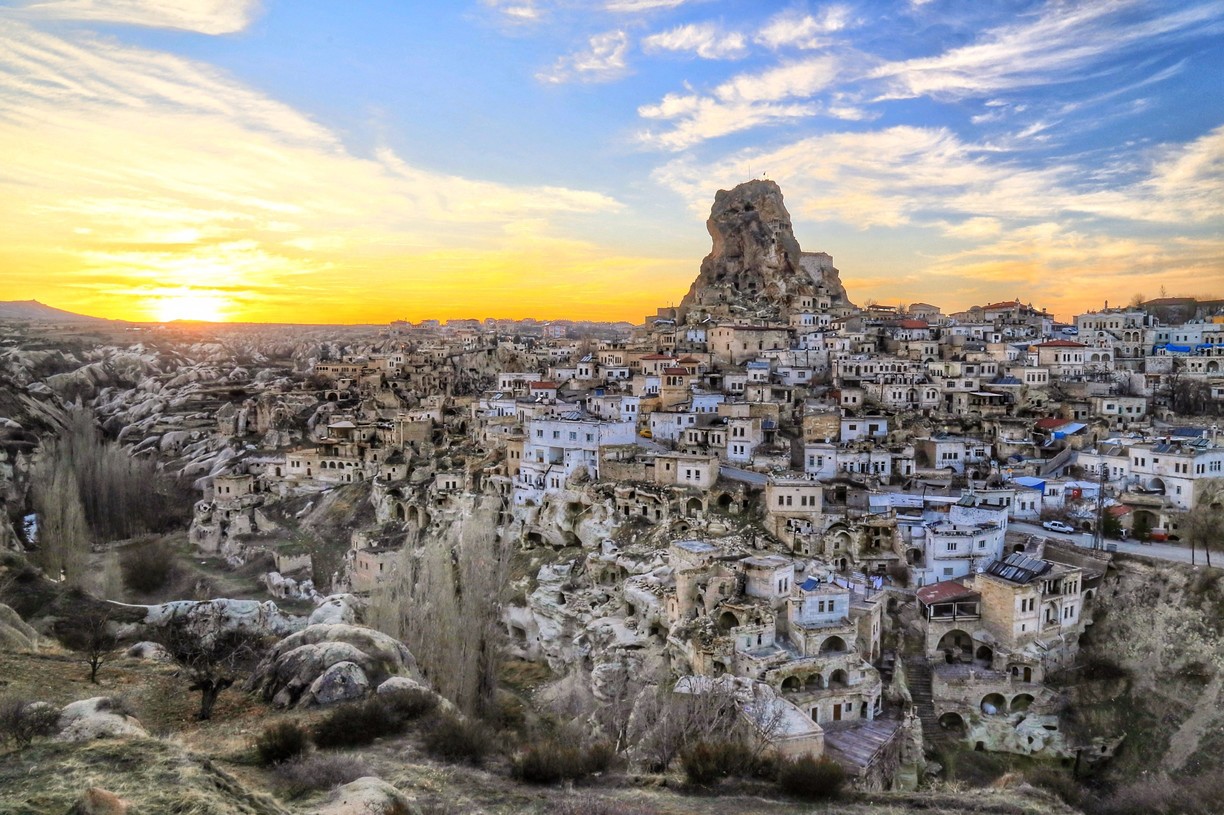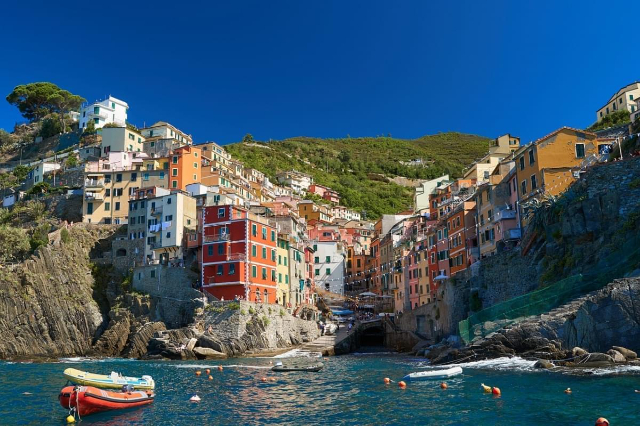The village of Colonnata is an ancient village that stands on a spur of the northern Apuan Alps, under Mount Sagro.
It stands out from the others for the lard that is produced there, with a unique taste and flavor.
The small village is located near the city of Carrara, for those coming from the Genoa-Livorno freeway, the recommended exit is that of Carrara, and then follow the signs for the marble quarries, and then for the town of Colonnata.
The village is of Roman origin and its name derives from the fact that it was born as a colony, inhabited by those who worked in the quarries; the streets of the village are very narrow, steep, pass under characteristic arches and reach the highest point in the place, where there is the church that dates back to the 12th century and where there is the monument to the quarryman.
Among the villages of the province of Massa-Carrara, Colonnata is the one that is configured with more precision as a country of quarrymen, born and developed, living in function of the quarries: the marble stone, walled up, is the predominant element in the architecture of the country whose houses, except for a few separated in the few cultivable foothills, are devoid of those environments or small infrastructure used as stables, or at least, to functions related to forms of agriculture found in almost all other villages in the province.
The houses, linked in an almost unique mass on the steep slope of the mountain and furrowed by small roads with steps, have porches, doors, windows usually very small.
On the facades do not appear, with very few exceptions, shrines or votive inscriptions, the expression of all and tied to the bare stone, scraped and patinated by time.
In 1810 in the quarries of Colonnata (in the locality of Joy) was found a tombstone dating back to the 1st century BC.
This tombstone is the most concrete evidence that Colonnata was an active center of marble production in Roman times.
The name of the village itself derives, according to many, from the colony of slaves who settled, forcibly, in the area; other historians, however, believe that the name Colonnata derives from the fact that the marble extracted in the area was used for the construction of the columns of Roman temples; a third version, finally, leads the name to the presence of a temple in the area, which, being the only inhabited one, was the only one to require a place of worship.
The first news of the country, however, dates back to 1111 and is contained in the code Pelavicino.
The position of the village, safe and far from the insidious plain, favored the survival of a human settlement for defensive purposes which, broken the ties with the oppressive Roman hierarchy, is organized according to other purposes and other rules: the breeding of pigs and the renowned mastery in working the meat, the cultivation of chestnut trees, sheep farming, are all activities that developed in the late Middle Ages and that are the basis of the economy of the village, when around them we are given the first sufficient news.
Naturally the life of the village, to the epoch in which all that was verified, was notably changed: the reactivation of the quarries and the relatively calmer times had created conditions of life very different from those of the dark Middle Ages.
Moreover, some families of the village had introduced themselves so well into the new and profitable activity linked to marble that they were among the richest and most prestigious of the whole town: in 1499, among the existing Magistrati Marmorum of the Carrarese, six were from Colonnata.
In the following decades, the changed regime of the marble fields favored the formation of new fortunes and a certain diffusion of wealth.
This fact, together with the self-sufficient character of the population, contributed to maintain a certain diaphragm between Colonnata and the rest of the valley: this phenomenon resulted in all its evidence in 1894, when Colonnata was the only village of the Carrarese not to be involved, in some way, in the tragic riots.
During the last war the hamlet fully participated to the tragic events and had, also, some houses burnt down.
The plaque that is placed on the square, alludes just to this tragic event: " Not the fire burned, sons of Colonnata, your faith your freedom…"
